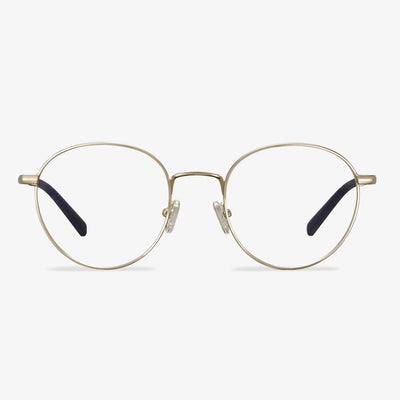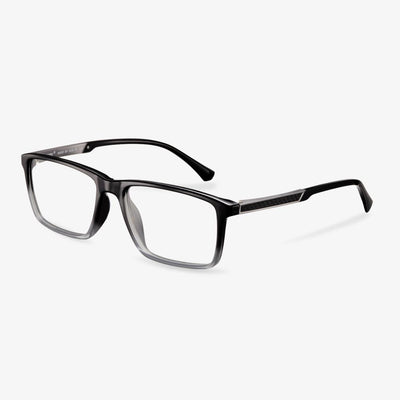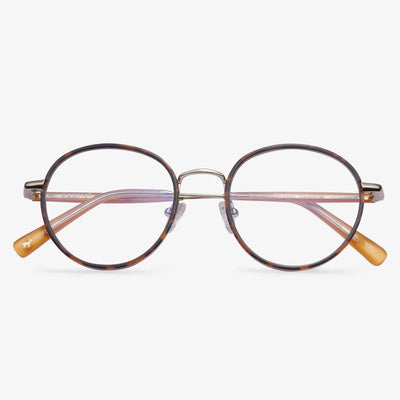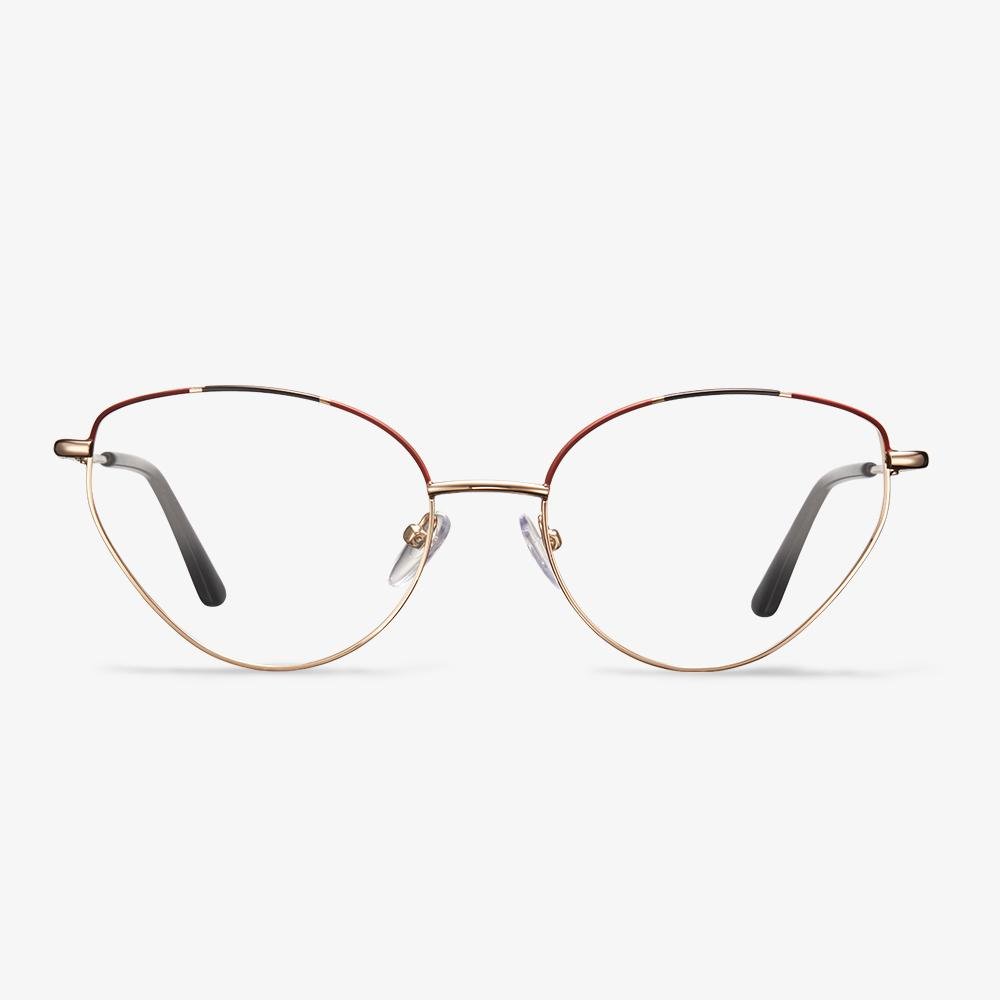The lenses of prescription glasses
Common materials for lenses include glass, resin, and PC. The glass is fragile and heavy, and few people wear it anymore. PC film is tough and not fragile, but it is not resistant to high temperature and the surface is easily scratched. The most common type of lens on the market today is the resin lens, which is light in weight, hard to break, and reasonable in price. At present, it is generally recommended that you choose resin sheets, and it is recommended that people with ultra-high myopia choose glass sheets.
Generally, lenses can be divided into spherical and aspherical surfaces according to different curvature designs. When choosing, refer to the degree of the eye. For people with lower degrees, There are fewer differences between the two shapes. For people with moderate to high myopia, aspherical lenses will have better imaging effects and clearer vision.
When choosing a lens, a parameter that is often mentioned is the refractive index. Common refractive indexes are 1.56, 1.60, 1.67, and 1.74. With the same degree, the higher the refractive index, the thinner the lens.
1.67 vs 1.74 High Index Lenses: What Are Their Differences?
In this section, we will show you the differences between 1.67 high index lenses and 1.74 high indexes.
- 74 high index lenses are thinner and lighter than 1.67 high index lenses.
- 74 high index lenses are expensive than the 1.67 high index lenses.
- Both 1.67 and 1.74 high index lenses can reduce the eye distortion caused by strong prescriptions, 1.74 high index lenses perform better than the 1.67 high index lenses.
- As for the color of lens, both come in clear, gray-tinted and brown-tinted, but only 1.67 high index lenses come in Transition brown or gray.
- 74 high index lenses are better for those looking for the thinnest lens possible. So, patients with extremely strong prescriptions chooses this.
- 67 high index lenses are better for those looking to save money or those who do not have extremely high prescriptions. They are also the only choice if you are looking to get Transitions.
From the above information, you can find the main differences between these two lenses are price, thickness, weight, color options and general appearance. Most people who choose 1.67 high index lenses generally either do not have an extremely high prescription or are shopping on a budget. 1.74 high index lenses, on the other hand, are the thinnest and lightest plastic lenses currently in existence.
Roger Bacon
One of the first people credited with inventing glasses was an English friar in the 13th century, Roger Bacon. In his Opus Majus (c. 1266), he outlined the scientific principles of the use of corrective lenses. Some writers believed that monks or friars possessed secret knowledge about glasses, which they later disseminated around the world. Most famously, William Molyneux wrote in his Dioptrica Nova (1692). Unfortunately, there is no evidence that Bacon ever applied his theoretical knowledge of perspective (optics).
Is it cheaper to buy glasses online?
Online glasses matching adopts the operation mode of online platform and factory-style centralized mirror matching center, and returns all the huge site, labor, and intermediate costs saved in physical stores to consumers, providing better glasses matching the quality and lower product price! So, the price is cheaper.
Titanium Rimless Glasses 138811
These elegant rimless glasses almost won't detract from your personal style. There are thin, flexible titanium temple arms. This frame has a shiny finish and is available in silver and white temple tips, purple and light blue temple tips, and pink temple tips.
The extraction of titanium
Nowadays, the commonly used extraction method is the reduction method of titanium tetrachloride. Compared to copper and zinc, although high in content, much more expensive. On the other hand, China is the country with the largest reserves of titanium, and a large number of steel mills with perennial overcapacity began to produce titanium, so the price of titanium fell year after year.
Why Are My Progressive Lenses Blurry?
Progressive lenses are optical lenses designed for simultaneous correction of far, medium and near. Progressive lenses use polishing technology to achieve a gradual transition between the two focal lengths. With progressive lenses, people do not have to switch their glasses for different purposes.
However, with the usage of progressive lenses, there are some problems of progressive voices. One of the most commonly reported side effects of progressive lenses is blurry or fuzzy peripheral vision. The blurriness is usually most noticeable through the lower portion of the lens and to the left and right of near and immediate zones.


















































